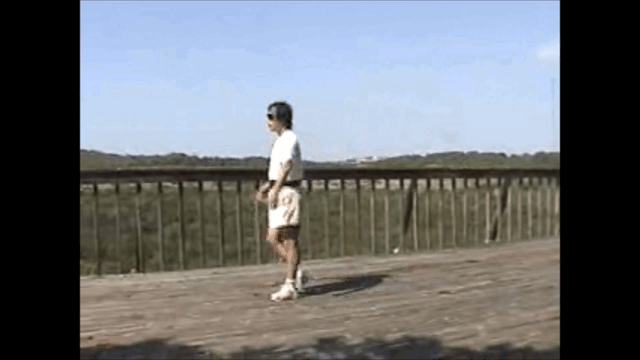It depends on how far you force them to carry the weight. Unbalancing someone is different from forcing a person to carry a heavy weight which requires them to be balanced.One of the codes of karate that I am most impressed by is this: "A person's unbalance is the same as a weight."
I understand this to mean that stealing a person's balance is the same as forcing them to carry a heavy weight while still trying to fight you.
There is another Isshinryu karate code, "The body should be able to change directions at any time." This is similar in concept to the CMA term "double weight." There is a distinction between unbalanced and unable to change (double weighted). A person can be balanced yet unable to change.
Yes. That is part of the purpose of martial arts training (e.g., kata, forms, etc.), to teach people how to fight/defend with balance, alignment while not overcommitting.Secondarily, this is also part of the reason that stance training is so important; so you don't lose your own balance.
Head on collision can be best for both striking and backward throws (e.g., osoto gari/front cut, ouchi gari, kouchi gari, kosoto gake).You are right.
- Head on collision is the best situation for striking art.
- Rear end collision is the best situation for throwing art.
It may be for gripping and throwing an opponent to the ground from close/grappling range. From kicking or striking range, the time to enter and attack is when "the body is unable to change directions." A high-level fighter will double weight their opponent before entering from a distance without touch...Breaking the opponent's balance is one of the prime goals, IMO. But this does nothing if there is no immediate follow up - The time to strike is when the opportunity presents itself (another of the isshinryu codes). Loss of balance = opportunity.
Lopez starts with weight loaded on the back foot. Commey tries to punch Lopez's head located on the back foot. However, Lopez moves his head to over the front foot—simultaneously slipping Commey's punch and knocking down Commey who is balanced but unable to change.
1. waiting for an opportunity: You may be responding to a feint. You may not have enough reaction time to respond. You may get countered.
2. creating an opportunity: It can be a more conservative approach. You can create an opportunity using defense or offense. You may have more control.
One should aim to control the fight from the beginning, whether using defense or offense. One should attack when they have an advantage—when the opponent is double weighted, cannot change. In the street, it's not about scoring points. It's about survival and/or stopping the threat. Martial arts is both an art and science.
Michael Page is a MMA fighter who has a background in Lau Gar kung fu. He talks about creating opportunity and set ups.
Yes. There are various ways and timings, including when an opponent is unbalanced or unable to change directions.Yes, good point. Breaking non-physical equilibrium is at least as important, directly or indirectly. Often easier, too. Many ways to do this.
I want to do this anytime there's opportunity.


